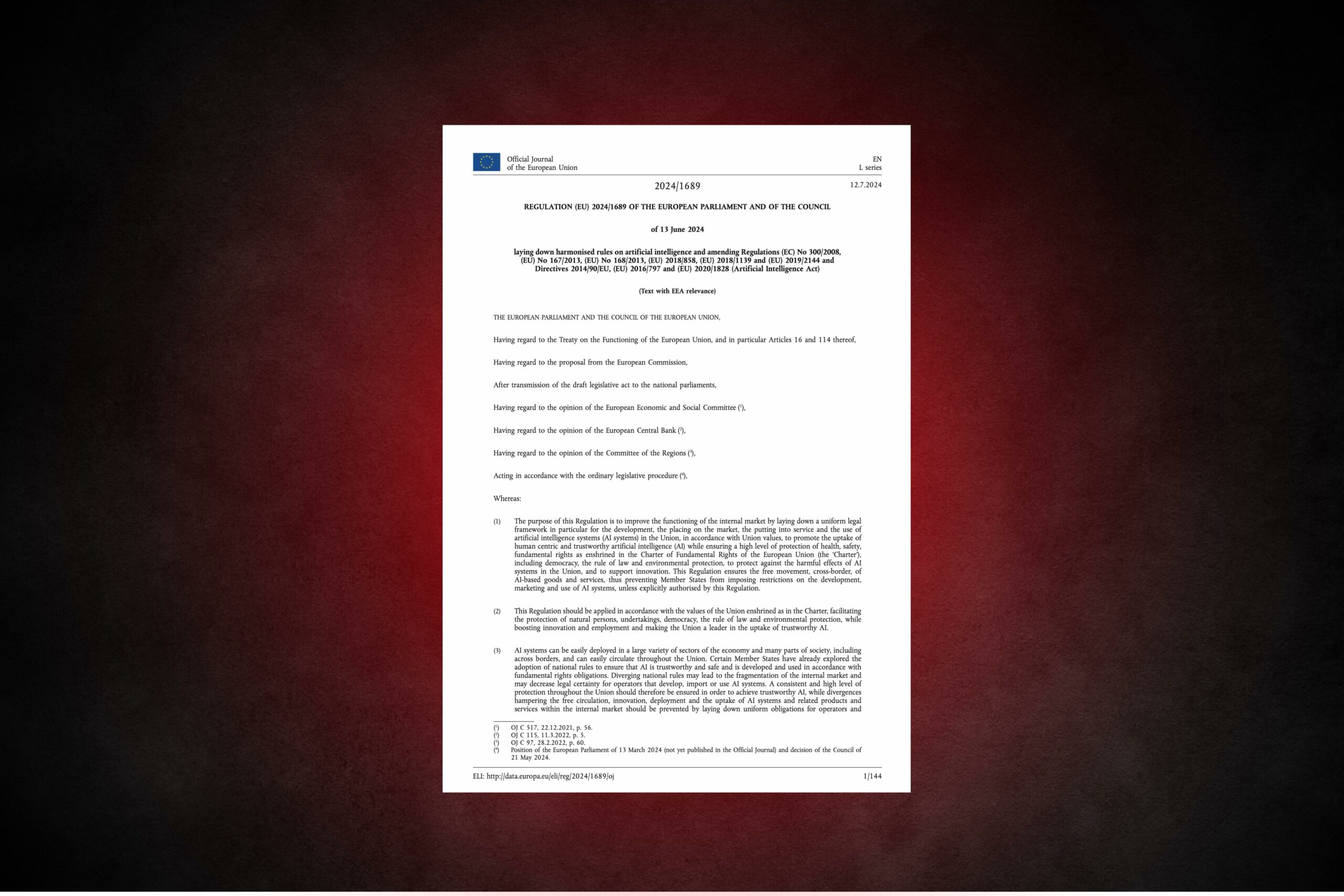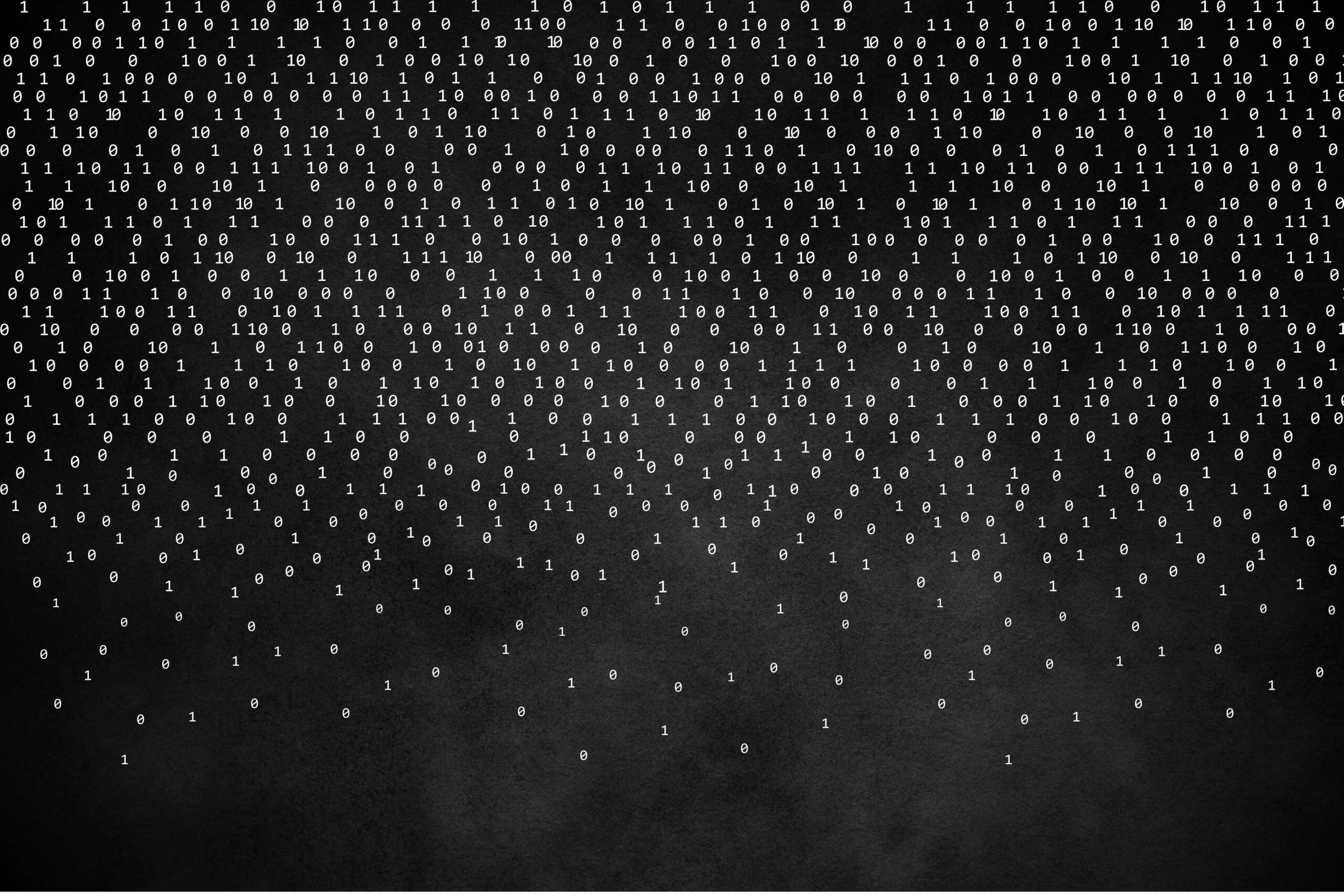Monday-morning assessments of merger trial outcomes are a frequent occurrence. Proponents of a particular merger that gets successfully blocked in court often contend that the ruling reflects a judiciary that has become overzealous in its interpretation of the Clayton Act’s prohibition on mergers whose effects “may be substantially to lessen competition, or to tend to create a monopoly.”[1] On the flip side, a different merger that is permitted to move forward often provokes critics to assert that the judiciary has grown too lenient in its interpretation of the Clayton Act’s requirements.
It is far less common to see efforts aimed at systematically analyzing the entire body of merger outcomes to discern broader judicial trends and tendencies. This absence has become increasingly salient in recent years, as a new narrative has emerged that suggests the judiciary, influenced by the rise of the Chicago School, has become increasingly lax over time in its oversight of potentially anticompetitive mergers. For example, Ashenfelter, Hosken and Weinberg contend that “[b]y the late 1980s, the burden of proof required of the U.S. antitrust agencies to challenge horizontal mergers had dramatically increased” (footnote omitted) and that “[t]his increase in the evidentiary burden placed on the government has substantially limited its ability to challenge horizontal mergers.”[2] Kwoka echoes this sentiment, asserting that “[t]he judiciary is demanding ever greater proof of predicted anticompetitive outcomes.[3] Ideological forces outside the agency have fostered an anti-antitrust view.” The Economist similarly opines that “American antitrust regulators and courts have been unforgivably lax.”[4]
In recent research, my co-authors and I aim to contribute a more systematic examination of the evolution of judicial standards as they have been applied to proposed mergers.[5] The task is not without its challenges. First, the primary variable of interest—namely, shifts in judicial standards—cannot be measured directly. Second, the most readily available candidate of shifts in judicial standards—whether courts allow or disallow mergers—is only the final step in a much broader series of decisions, which complicates efforts to identify changes in judicial standards. Overcoming these challenges required us to adopt both a novel theoretical framework and accompanying empirical analysis.
Our theoretical framework is based on an influential article by Priest and Klein, which predicts that litigated outcomes in legal disputes will tend to show a roughly even “50/50” split, with plaintiffs winning half the time and defendants prevailing in the other half.[6] This conclusion is premised on the fact that cases that reach litigation are not a random sampling of all cases filed, but rather are those that are most likely to result in either outcome. Crucially, this 50/50 result is often viewed as independent of the strictness of, or shifts in, the judicial standard. If the Priest and Klein prediction holds, trends in win-loss rates or outcomes of litigated cases provide little information about shifts in judicial standards. Instead, deviations from the expected 50/50 result are likely due to differing perceptions of litigants about their chances of success, differences in the costs and benefits of litigation to each party, or random chance. Unlike Priest and Klein, however, our model, which is specifically tailored to merger enforcement, produces direct inferences about shifts in judicial standards based on observable litigation challenges and outcomes. In particular, we find that when set within the institutional structure of merger enforcement, our model indicates that: (1) as courts’ standards become more (less) stringent, the probability that merging parties avoid litigation by accepting merger remedies increase (decrease); and, (2) as courts’ standards become more (less) stringent, the probability that merging parties prevail in court decreases (increases).
Our empirical analysis draws upon the full population of mergers reported to the U.S. antitrust agencies between 1982 and 2021 to test these propositions. The dataset includes 77,308 mergers reported under the Hart-Scott-Rodino Act, of which 1,477 were challenged and 86 proceeded to trial. The approach is rooted in a body of literature that seeks to provide insights into various stages of the litigation process.[7] Perloff, Rubinfeld and Ruud, for example, explicitly model and estimate the decision-to-litigate and trial-outcome stages and their interdependence in private antitrust cases.[8] We similarly account for the endogenous nature of these stages, but our focus is on the public merger enforcement process. This distinction requires that we account for the antitrust agencies’ initial decisions to challenge a given merger.
Macher and Mayo examine this initial agency decision and find that merger enforcement intensity has increased over time, with merger challenges becoming more frequent between 1979 and 2017.[9] Their analysis also shows that the propensity to challenge mergers is influenced by the antitrust agency’s budget, that the overall intensity of enforcement increases regardless of the political party in power, and that a 2001 statutory change in pre-merger filing thresholds affected agency decisions. These findings influence the empirical approach in this paper. For instance, we incorporate budget constraints into both our theoretical and empirical models, given the demonstrated relevance of agency budgets in merger enforcement. We also consider the role of political structures in the decision-to-litigate stage (even though it appears to have no effect on the decision to challenge), given the ongoing debate over whether merger enforcement is affected by political partisanship. Finally, we incorporate the 2001 pre-merger filing threshold change into our empirical analysis, given the importance of this institutional change. While Macher and Mayo focus only on the decision-to-challenge stage, our most recent analysis examines the evolution of judicial standards over time, incorporating both the decision-to-litigate and trial-outcome stages in the merger enforcement process. The empirical analysis indicates that, ceteris paribus, the rate of litigated cases has declined over time, while the rate at which the antitrust agencies have prevailed has increased – both consistent with a conclusion that judicial standards have become increasingly stringent over time.
This article makes three key contributions. First, it develops a theoretical framework that allows for shifts in judicial standards to be inferred from the actions of firms, agencies, and courts. Second, it addresses a long-standing empirical challenge to making such inferences by accounting for sample selection biases. In merger cases, interpretations of judicial outcomes as reflective of changes in judicial standards can be complicated by the fact that litigated merger cases are not a random sample of all challenged mergers. Furthermore, the set of mergers challenged by the agencies is itself not a random sample of all mergers reported to the authorities. Our empirical analysis accounts for these sample selection issues to the extent possible, allowing us to generate reliable estimates of merger challenges, litigated cases, and judicial outcomes. Third, it provides systematic evidence, as opposed to anecdotal observations, of shifts in judicial standards by analyzing the entire population of mergers reported to the agencies between 1979 and 2021. Our results show that, contrary to popular belief, the pattern of merger challenges that proceed to trial and the evolution of trial outcomes reflect judicial standards that have become increasingly pro-enforcement over time.
Professor of Economics, Business and Public Policy in
Georgetown University’s McDonough School of Business
Citation: John W. Mayo, New Insights into the Evolution of Judicial Standards in U.S. Merger Cases, Network Law Review, Fall 2024
References:
- [1] 15 US Code § 18.
- [2] Ashenfelter, Orley, Daniel Hosken, and Matthew Weinberg. 2014. “Did Robert Bork Understate the Competitive Impact of Mergers? Evidence from Consummated Mergers,” 57 Journal of Law and Economics S67–100.
- [3] Kwoka, John. 2018. “Competitive Edge: Structural Presumption in U.S. Merger Control Policy would Strengthen Modern Antitrust Enforcement.” Washington Center for Equitable Growth (December 19). https://equitablegrowth.org/competitive-edge-structural-presumption-in-u-s-merger-control-policy-would strengthen-modern-antitrust-enforcement/.
- [4] See The Economist, Nov. 30, 2019, at 13, https://www.economist.com/weeklyedition/2019-11-30. See also, e.g., Thurman Arnold Project, Yale University, Modern Antitrust Enforcement (2020), available at https://som.yale.edu/centers/thurman-arnold-project-at-yale/modern-antitrust-enforcement (“interpretations of U.S. antitrust laws have been too lax toward consolidation” and “Courts have lowered the burden on defendants to rebut structural presumption” (footnote omitted)).
- [5] Macher, Jeffrey T., John W. Mayo, David E.M. Sappington, and Mark Whitener. 2024. “The Evolution of Judicial Standards: Evidence from Litigated Merger Trials,” Journal of Law, Economics and Organization. Available at https://doi.org/10.1093/jleo/ewae017.
- [6] Priest, George L. and Benjamin Klein. 1984. “The Selection of Disputes for Litigation,” 13 Journal of Legal Studies 1–55.
- [7] Robert D. Cooter and Daniel L. Rubinfeld. 1989. “Economic Analysis of Legal Disputes and Their Resolution,” 27 Journal of Economic Literature 1067, 1067-97.
- [8] Perloff, Jeffrey M., Daniel L. Rubinfeld, and Paul Ruud. 1996. “Antitrust Settlements and Trial Outcomes,” 78 Review of Economics and Statistics 401–9.
- [9] Macher, Jeffrey T., and John W. Mayo 2021. “The Evolution of Merger Enforcement Intensity: What Do the Data Show?” 17 Journal of Competition Law and Economics 708–27.








